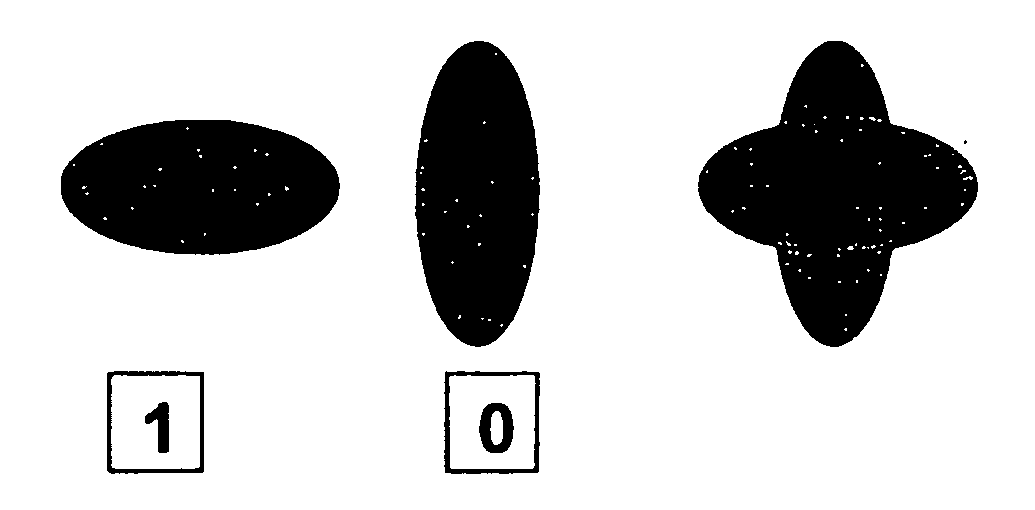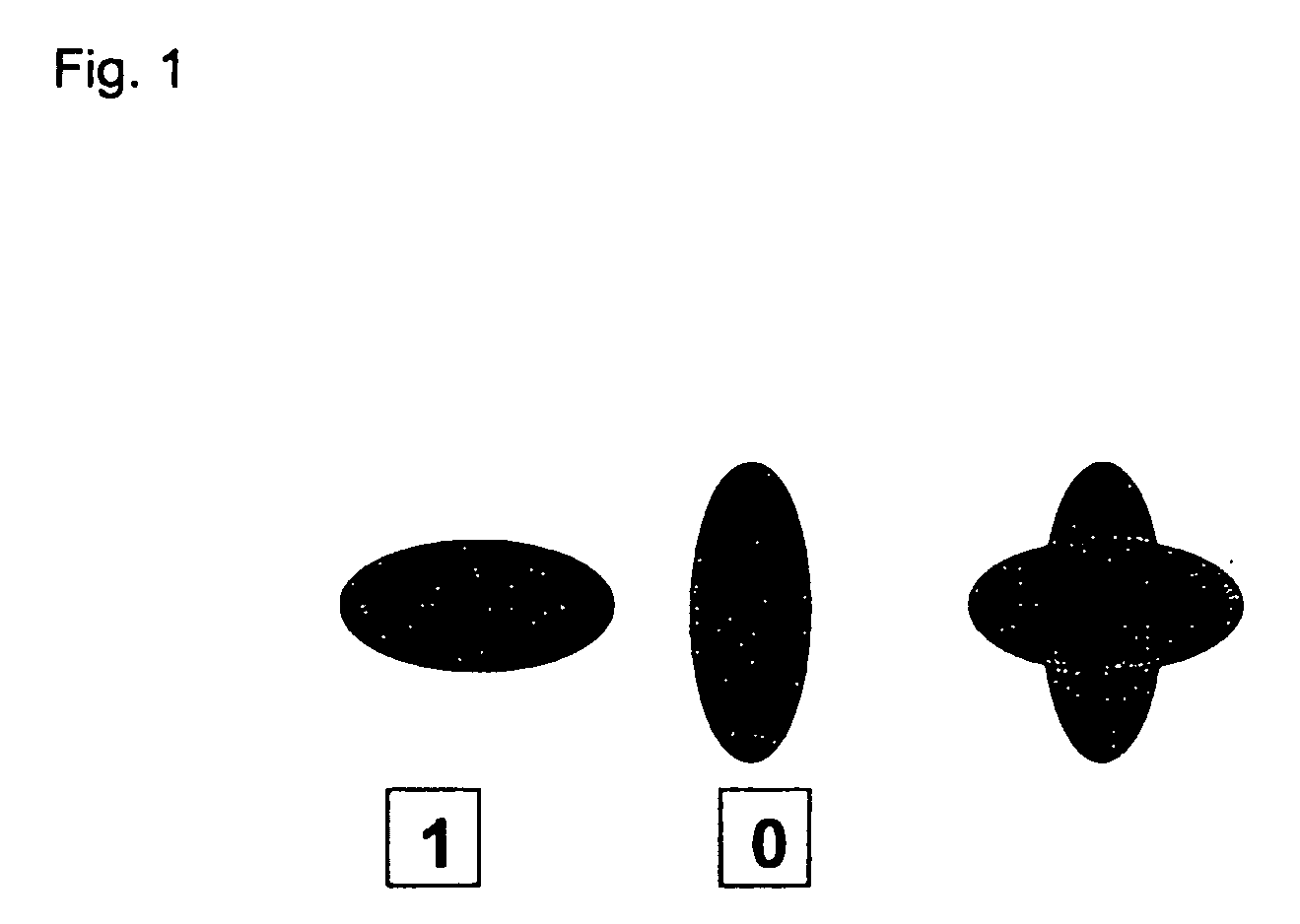Apparatus, method and process for the stochastic marking and tracking of printed products
- Summary
- Abstract
- Description
- Claims
- Application Information
AI Technical Summary
Benefits of technology
Problems solved by technology
Method used
Image
Examples
Embodiment Construction
[0033]According to the invention, stochastic parameters of the printing process and / or the paper structure are recorded by means of an image recording device at one point of the manufacturing process of a package, wherein these stochastic parameters are then analyzed and coded in a subsequent processing step and stored in the form of a code in a database and / or on a printed data storage in coded or uncoded form. The invention furthermore proposes a method for identifying printed products.
[0034]In a printing process, different partial images of different printing inks are assembled into a complete image. According to the invention, a static data code or a static identification is also printed in one of these prints and additionally evaluated with respect to certain structural components at certain locations. Structural components may consist of the random paper structure or substrate structure, the random interaction between the print and the substrate structure or random irregularit...
PUM
 Login to View More
Login to View More Abstract
Description
Claims
Application Information
 Login to View More
Login to View More - Generate Ideas
- Intellectual Property
- Life Sciences
- Materials
- Tech Scout
- Unparalleled Data Quality
- Higher Quality Content
- 60% Fewer Hallucinations
Browse by: Latest US Patents, China's latest patents, Technical Efficacy Thesaurus, Application Domain, Technology Topic, Popular Technical Reports.
© 2025 PatSnap. All rights reserved.Legal|Privacy policy|Modern Slavery Act Transparency Statement|Sitemap|About US| Contact US: help@patsnap.com


